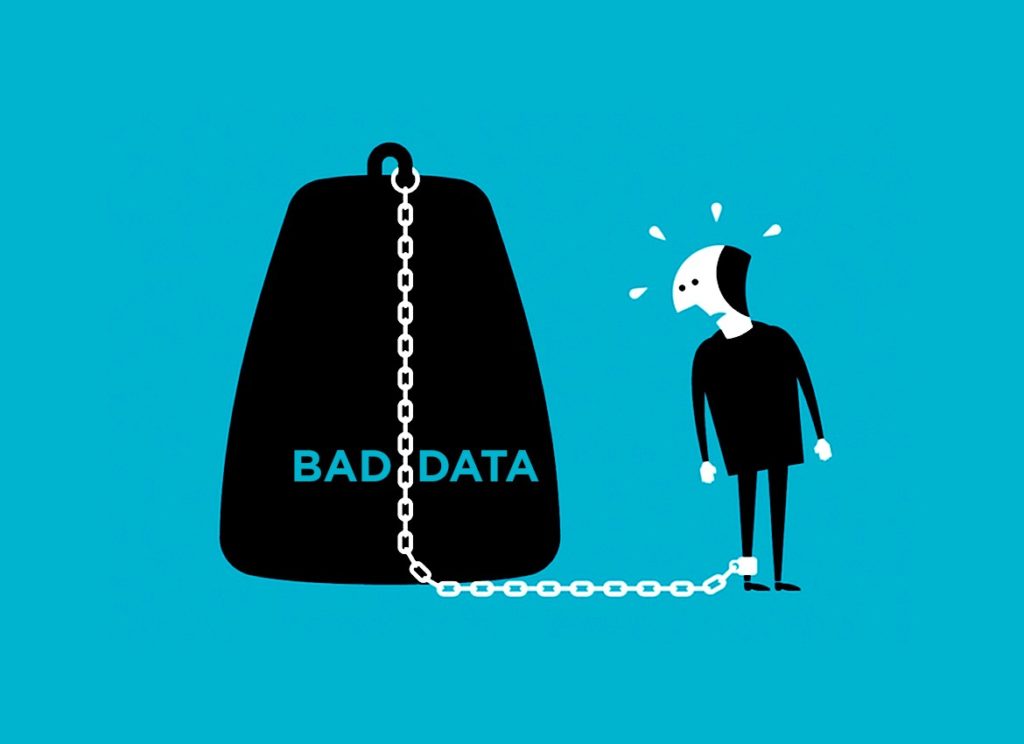
Have you ever thought about data integration, and how is it essential for your business? If you haven’t, or you have, but you yet don’t know what to do with all this information, we are going to talk about it in this article.
Data integration should be an essential aspect of every organization or company because it can seriously help you grow your business. Data integration solutions should be wisely planned and designed so that they could deliver the best results. And considering that every member of the company, the team should be educated and introduced to it.
What is Data Integration?

Data Integration, or DI, is a process of extracting information from various sources and systems. The extracted information is then molded in a system of information that will generate accurate and reliable information for your business.
With a good DI plan for your business and everything that your company stands for and requires, you will be able to see an overview of customer’s needs. It is essential to have this because, with that information, you will be able to communicate and engage with your potential customer database more efficiently.
Also, with the help of DI, you will be able to know what is the typical behavior of your customers when it comes to your business or to be more precise about your products or services. With this information, it is easy to achieve great results and have a brighter future.
Information is everything, and it’s one thing that people are willing to pay a lot of money to obtain. So if you already have free information, you need to learn how to use it.
We are going to talk about the top ways you can use data integration to grow your business even bigger and better.
Let’s dive right into it; we are ready when you are ready:
1. Data Integration will add value to data

Some people believe that DI doesn’t move data, but it does. It doesn’t merely transfer data, but it improves it. DI can improve data models, master data, metadata, and others. This way, the data becomes better, more complete, consistent, and cleaner. New databases are being built that have value, and new data sets are being made because DI collects data from source systems and makes them into new sets.
2. Data Integration should be focused on business goals

Data Integration needs to be focused on business goals that are relative to data, and only that way, it will provide good business value. Unified data management is a relatively new practice that is based on coordinating work across multiple data management disciplines, like DI, DQ, BI, DW, and others. It can provide collaboration between data and business management, which will be a step further in assuring that most data management work will add recognizable value by supporting the goals of business management.
3. If the Data Integration is expanded so is the business value

Today DI isn’t just simple DI; it’s a collection of many techniques, like ETL, ELT, replication, synchronization, data federation, event processing, and many more. But DI is growing so fast that it quickly earned the autonomy from data warehousing and database administration, which were related practices. With the constant growth and the diversity of data integration teams, techniques, and tools, the business value is just going up. If you need simple data integration solutions, check Rapidi.
4. Synchronizing the Data

Synchronizing the data across many databases and applications can be done in many different ways. Whichever way you use the business value of data, synchronization can be achieved, and more business users could have a complete view of an individual entity.
5. Business-to-Business Data Exchange

It is something new, but it is growing and developing quickly. Organizations started using data integration tools in some areas where DI was used rarely. The old B2B data exchange solutions are being replaced and modernized, especially in the product-oriented industry. But there are also some changes in the financial and healthcare sector. With the shift comes business value because B2B is valuable in terms of market reach, brand development, revenue, and other essential things.
6. Real-Time Information delivery

We live in a fast world; everyone is running; there is no time to slow down – so the information needs to be fast also. New DI solutions enable real-time information delivery, and that brings many high-value business practices. Without real-time information delivery, many things wouldn’t be possible, like facility monitoring, utility grid monitoring, and business activity monitoring. The data that is gathered by the operational business intelligence will give the manager new and fresh information that is needed for tactical and operational decision making. Everything that we love and use often is available because of the real-time information delivery; if it weren’t for that, there wouldn’t be overnight shipping.
7. Get Rid of Bad Data

You should get rid of bad data if you want to grow your business even more. Bad data will slow your business down, and it will cost the business money and some much appreciated time. Holes in the data, missing information, and all those annoying things are not welcome, and they will most definitely cost you a lot of money.
Your first and most important goal should be to improve data as much as you can because that will change the whole course of business. For the best results and best business value, you should transform, repurpose data, and build new data sets with DI. Everyone should remember that many forms of DI exist, and that can only be a plus for a business. Because if you include BI, DW, B2B data exchange, real-time information delivery, and others, you add additional value to the company.
If you learn how to work with it, DI will give you additional business value. Maybe you won’t see it immediately, but be sure that the value is there and it will be there in the future.












